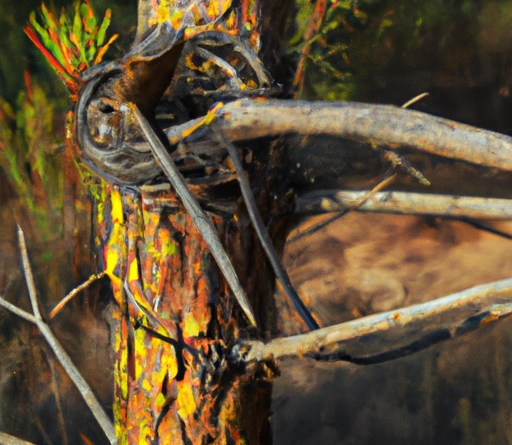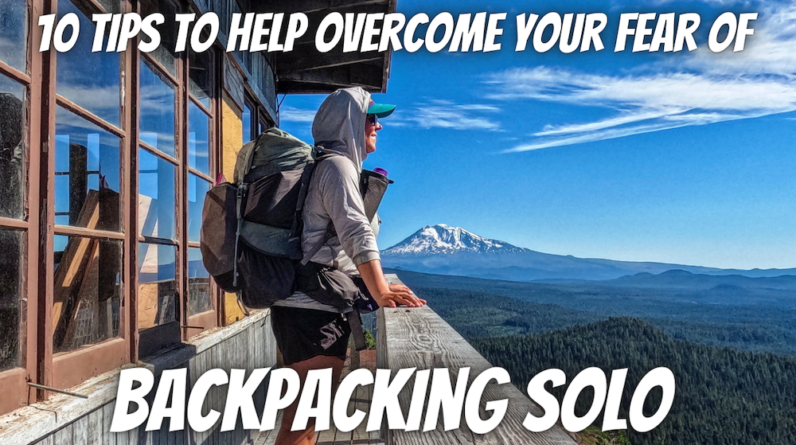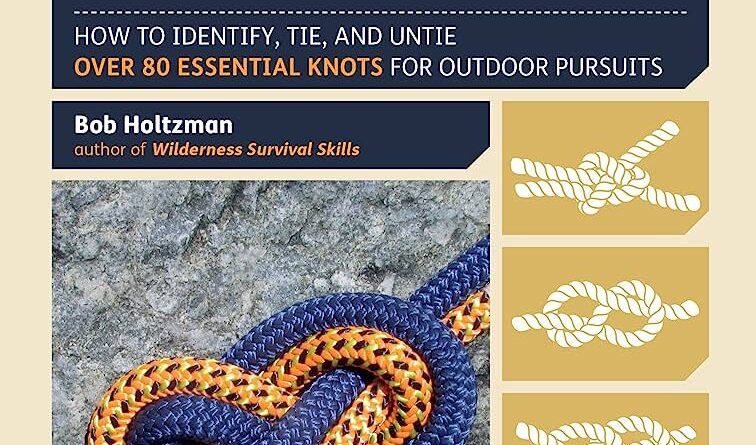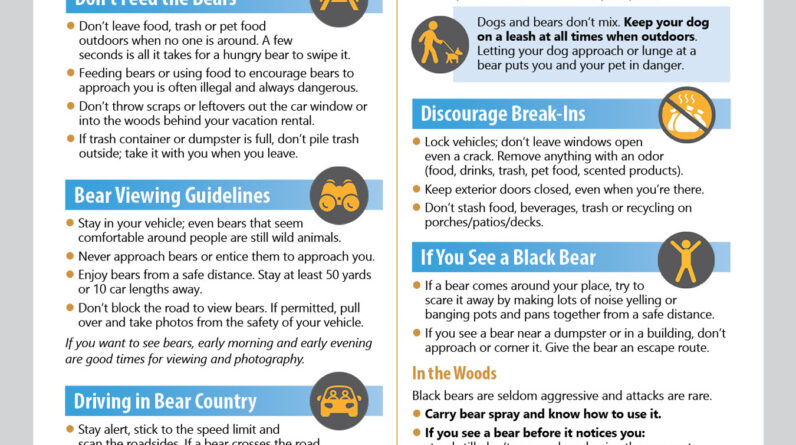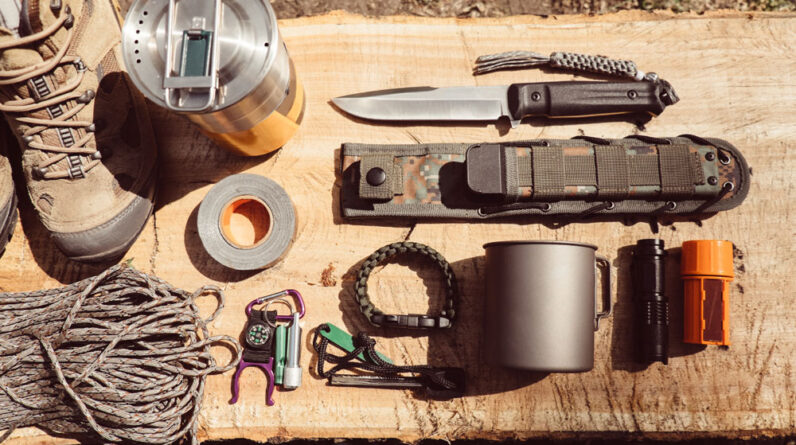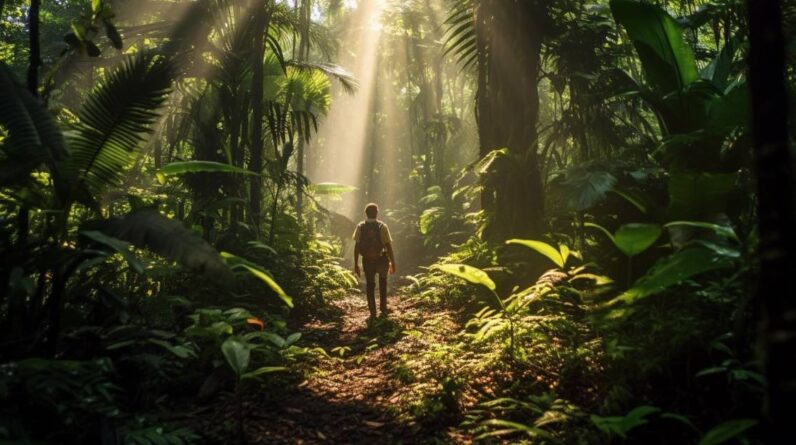
Understanding the Importance of Survival Skills
Surviving treacherous terrain requires a unique set of skills and knowledge that can mean the difference between life and death. When faced with challenging environments, it is crucial to understand why survival skills are of utmost importance.
Why survival skills are crucial in treacherous terrain
-
Equip yourself with knowledge: The ability to navigate safely in treacherous terrain is essential if you want to stay alive. Acquiring survival skills, such as map reading, compass navigation, and understanding the terrain’s natural landmarks, enables you to make informed decisions and choose the safest routes.
-
Reacting to potential dangers: Treacherous terrain poses countless dangers and risks, but with the right skills, you can effectively respond to them. From avoiding hazardous wildlife encounters to identifying unstable ground conditions, survival skills give you the ability to react quickly and mitigate potential harm.
-
Self-reliance and confidence: By mastering survival skills, you gain the confidence to face challenges head-on. The knowledge of how to find food and water, build shelter, start a fire, and administer basic first aid empowers you to rely on yourself and your abilities, increasing your chances of survival.
In treacherous terrain, survival skills are not merely helpful; they are essential for your survival. So invest the time and effort to develop these skills, as they may one day save your life.

Assessing the Terrain
When venturing into treacherous terrain, it is crucial to assess your surroundings to ensure safe navigation. By understanding the nature of the terrain, the impact of weather conditions, and potential hazards, you will be better prepared to overcome any obstacles that may arise.
Identifying types of treacherous terrain
Before embarking on your journey, take the time to identify the different types of treacherous terrain you may encounter. This could include steep slopes, dense forests, rocky surfaces, or icy paths. Familiarize yourself with the characteristics of each type and consider how they may impact your navigation.
Understanding the impact of weather conditions
Weather conditions can greatly influence the difficulty and safety of traversing treacherous terrain. Take into account factors such as rainfall, snowfall, wind, and temperature fluctuations. Wet or icy surfaces can increase the risk of slips and falls, while strong winds may make it challenging to maintain your balance. Stay informed about the forecast and adjust your plans accordingly.
Evaluating potential hazards and obstacles
To navigate treacherous terrain successfully, you must be aware of potential hazards and obstacles. These could include fallen trees, loose rocks, hidden crevices, or unstable ground. Take time to carefully observe your surroundings, looking out for any signs of danger. Plan your route accordingly, avoiding areas with high risks.
By assessing the terrain, understanding weather conditions, and evaluating potential hazards, you will be equipped with the knowledge needed to navigate treacherous terrain safely. Remember to stay vigilant and adapt your plans as necessary to ensure a successful and secure journey.
Navigation Techniques
Mastering survival skills is crucial when it comes to navigating treacherous terrain. Whether you find yourself in dense forests, rugged mountains, or unfamiliar territories, having the knowledge and tools to navigate can mean the difference between life and death. In this section, we will explore various navigation techniques that can help you navigate through the most challenging landscapes.
Using map and compass
One of the oldest and most reliable methods of navigation is using a map and compass. A map provides valuable information about the terrain, while a compass helps you determine your direction. By understanding how to read a map and use a compass, you can plot your current position, establish a route, and easily navigate to your destination.
Utilizing GPS and navigation apps
In today’s digital era, GPS devices and navigation apps have become incredibly useful tools for navigation. These technologies provide real-time location tracking, accurate mapping, and route planning features. By using a GPS device or navigation app, you can have detailed information at your fingertips, ensuring you stay on the right path even in the most challenging environments.
Reading topographic maps
Topographic maps are specifically designed to represent the three-dimensional features of the terrain on a two-dimensional surface. They provide detailed information about the elevation, contours, water bodies, vegetation, and other natural landmarks. By learning how to read and interpret topographic maps, you can gain a comprehensive understanding of the terrain, plan your route effectively, and avoid potential hazards.
Navigating with landmarks and natural indicators
Landmarks and natural indicators, such as mountains, rivers, rock formations, and the position of the sun, can be valuable sources of direction. By observing and understanding these indicators, you can successfully navigate without relying solely on maps and compasses. Learning to recognize these features and how they correspond to your planned route will greatly enhance your ability to navigate and stay on track.
By mastering these navigation techniques, you empower yourself to confidently navigate through treacherous terrain. Whether you opt for traditional methods like maps and compasses or utilize modern technology such as GPS and navigation apps, the key is to be prepared and knowledgeable about your surroundings. So next time you venture into the unknown, you can navigate with ease and ensure your safety along the way.
Survival Tools and Equipment
When it comes to navigating treacherous terrain, having the right survival tools and equipment can be the difference between life and death. In this section, we will discuss the essential items you need to have on hand, as well as how to choose the right gear for your needs.
Essential items for treacherous terrain
When venturing into treacherous terrain, there are a few items that should always be in your backpack. Firstly, a reliable compass will help you stay on course and avoid getting lost. Additionally, a topographic map of the area will aid in navigation and help you identify potential hazards. Other essential items include a sturdy knife for various purposes, a first aid kit to treat injuries, and a flashlight with extra batteries for when darkness falls.
Choosing the right gear for survival
Selecting the appropriate gear for survival is crucial. Your clothing should be durable, waterproof, and layered to protect you from the elements. A sturdy pair of hiking boots will provide the necessary traction and support. Additionally, consider carrying a lightweight but durable tent to provide shelter during adverse weather conditions.
Emergency communication devices
In case of emergencies, it is essential to have reliable communication devices. A satellite phone or a Personal Locator Beacon (PLB) can be a lifesaver when you are in need of assistance. These devices allow you to send distress signals and communicate your location to rescue services. Remember to keep them easily accessible and in working condition.
Mastering survival skills for navigating treacherous terrain requires the right tools and equipment. Ensuring you have essential items, choosing the appropriate gear, and having reliable emergency communication devices can greatly increase your chances of survival in challenging environments. Stay prepared and stay safe!
Water Sources and Purification
When navigating treacherous terrain, one of the most vital survival skills you need to master is finding and purifying water. Without a doubt, water is a critical resource for your survival, and understanding how to identify and locate water sources can mean the difference between life and death.
Identifying and Locating Water Sources
Firstly, it’s crucial to know where to find water in the wilderness. Keep an eye out for natural indicators such as vegetation, animal tracks, or bird activity, as they often lead to nearby water sources. Look for low-lying areas, depressions, or rocky formations that suggest the presence of underground water or small water bodies. By observing these clues, you can increase your chances of discovering a reliable water source.
Methods for Purifying Water
Once you’ve located a water source, the next step is purification. Understand that not all water sources are safe to drink, as they may harbor harmful bacteria and parasites. Boiling water is the simplest and most effective purification method, killing off most pathogens. Alternatively, chemical purification tablets or filtration systems can be used to remove impurities. It’s important to be prepared and have these methods at your disposal in a survival situation.
Learning how to identify water sources and purify water is essential for mastering survival skills when navigating treacherous terrain. By honing these skills, you increase your chances of staying hydrated and surviving in the wild. So, remember to stay alert, adapt to the environment, and prioritize water procurement to maximize your chances of survival.
Building Shelters
Surviving in treacherous terrain requires mastering various survival skills, and one of the most crucial skills is building shelters. When you find yourself in hostile environments, such as dense forests or desolate mountains, having a safe and secure shelter becomes paramount to your survival.
Types of shelters suitable for treacherous terrain
There are various types of shelters that are particularly suitable for treacherous terrain. One option is a lean-to shelter, which can be constructed by propping a sturdy branch against a tree or using rocks as supports. Another option is a debris shelter built by using natural materials like leaves, branches, and twigs to create a protective structure. Both of these shelter types can offer you safety and protection against harsh weather conditions or wild animals.
Constructing temporary shelters with available resources
In treacherous terrain, it might be challenging to find the necessary materials to build a shelter. However, with proper knowledge and resourcefulness, you can construct temporary shelters using the available resources. Look for natural formations like caves or rock overhangs that can provide immediate protection. If these options are not available, you can utilize items from your survival kit, such as tarps, ponchos, or emergency blankets, to create a makeshift shelter.
Remember, mastering the skill of building shelters is essential for survival in treacherous terrain. By understanding the types of shelters suitable for such environments and knowing how to construct them using available resources, you increase your chances of withstanding the challenges that lie ahead.
Fire Building Techniques
When it comes to mastering survival skills for navigating treacherous terrain, one of the most essential skills you must learn is how to build a fire. In this section, we will discuss the key techniques that will help you successfully create and utilize fire in such challenging environments.
Selecting the Right Fire Location
Choosing the appropriate fire location is crucial for your safety and the efficiency of your fire. Look for a spot that is sheltered from wind and is not near any flammable materials. Clear the area of debris and build a platform to elevate the fire from the ground. This will prevent moisture from affecting the fire’s performance.
Different Methods for Starting a Fire
In treacherous terrain, start a fire using various methods. Traditional methods like friction-based techniques, such as the bow drill or hand drill, can be effective. Alternatively, you can rely on modern tools like a lighter or matches if you have them. Ensure you have proper kindling and tinder to ignite your fire.
Utilizing Fire for Warmth and Cooking
Fire not only provides warmth in extreme conditions but can also be used for cooking. Build your fire using small sticks and gradually add larger pieces of wood to sustain the flame. Use a grate or a makeshift tripod to suspend cookware above the fire, ensuring it remains stable.
By developing these fire building techniques, you will gain a survival skill that can save your life and provide comfort in treacherous terrain. Remember to always prioritize safety and adhere to any local regulations when starting a fire.
Food and Foraging
When navigating treacherous terrain, having a source of food becomes crucial to your survival. Knowing how to identify edible plants and insects enables you to sustain yourself when traditional food sources are scarce. Start by educating yourself on the types of plants and insects that are safe to consume in the area you are exploring. Remember, not all plants are suitable for consumption, and some may even be harmful. Familiarize yourself with identification techniques to differentiate between edible and poisonous flora.
Identifying edible plants and insects
Take the time to learn about the local flora and fauna. Look for plants with distinct characteristics such as berries, nuts, or leaves that are safe for consumption. Study common edible insects, such as ants or grasshoppers, as they can be an excellent source of protein. Learning to identify edible plants and insects will greatly increase your chances of finding sustenance in unpredictable situations.
Hunting and trapping techniques
In addition to foraging, mastering hunting and trapping techniques can provide you with a reliable source of food. Learn various methods such as constructing snares and setting up strategically placed traps to catch small game. Understanding animal behavior, identifying tracks, and learning how to conceal your presence will significantly improve your success in obtaining food.
Avoiding poisonous or harmful food
While foraging and hunting, it is equally important to avoid consuming poisonous or harmful food. Never consume any plant or insect that you cannot positively identify as safe. Be cautious of plants similar in appearance to edible ones, as they may cause severe illness or even death. Additionally, avoid ingesting any animals known for their toxicity, such as certain types of snakes or frogs.
By developing your skills in identifying edible plants, mastering hunting and trapping techniques, and avoiding poisonous or harmful food, you will enhance your ability to find sustenance when navigating treacherous terrain. Remember, preparation and knowledge are key to surviving in any challenging environment.

First Aid and Medical Preparedness
When it comes to mastering survival skills in navigating treacherous terrain, having a solid understanding of first aid and medical preparedness is crucial. Accidents and injuries can occur unexpectedly, and being prepared can mean the difference between life and death.
Creating a First Aid Kit
One of the first steps in medical preparedness is assembling a well-stocked first aid kit. It should contain essential items such as bandages, antiseptic wipes, adhesive tape, gauze pads, tweezers, and scissors. Additionally, include medications like pain relievers, allergy medicine, and antidiarrheal medication. It’s important to regularly check and replenish your kit to ensure it is always ready for any emergency.
Handling Common Injuries and Illnesses
Understanding how to handle common injuries and illnesses is vital in treacherous terrain. Learn how to properly clean and dress wounds to prevent infection. Familiarize yourself with techniques for immobilizing sprains and fractures. Additionally, know how to recognize and treat common ailments like dehydration, hypothermia, and food poisoning.
Emergency Medical Procedures
In extreme situations, emergency medical procedures may be necessary. Knowing the proper way to perform CPR or administer life-saving techniques like the Heimlich maneuver can truly save a life. Ensure you stay updated with the latest guidelines and regularly practice these procedures to maintain confidence and proficiency.
By prioritizing first aid and medical preparedness, you are equipping yourself with the essential skills and knowledge needed to handle medical emergencies while navigating treacherous terrain. Remember to stay calm, think critically, and prioritize the safety and well-being of yourself and others.
Conclusion
Congratulations! You’ve made it to the end of this guide on mastering survival skills in treacherous terrain. Along this journey, we have covered various essential techniques and knowledge that can potentially save your life in challenging outdoor situations.
Recap of the importance of mastering survival skills in treacherous terrain
In treacherous terrain, being prepared and equipped with the necessary skills can mean the difference between life and death. By acquiring these survival skills, you increase your chances of successfully navigating through difficult landscapes and reaching safety. From map reading and compass navigation to understanding weather patterns and identifying safe routes, every piece of knowledge is crucial.
The potential life-saving benefits of preparedness and knowledge
Understanding how to set up a safe camp, locate water sources, and start a fire in adverse conditions can significantly enhance your chances of survival. By being well-prepared and knowledgeable, you can adapt to unexpected situations, make informed decisions, and overcome challenges effectively.
Remember, mastering survival skills in treacherous terrain is an ongoing process. Practice regularly and expand your knowledge base with each new adventure. Stay safe, stay prepared, and enjoy the wonders of exploring the outdoors!



